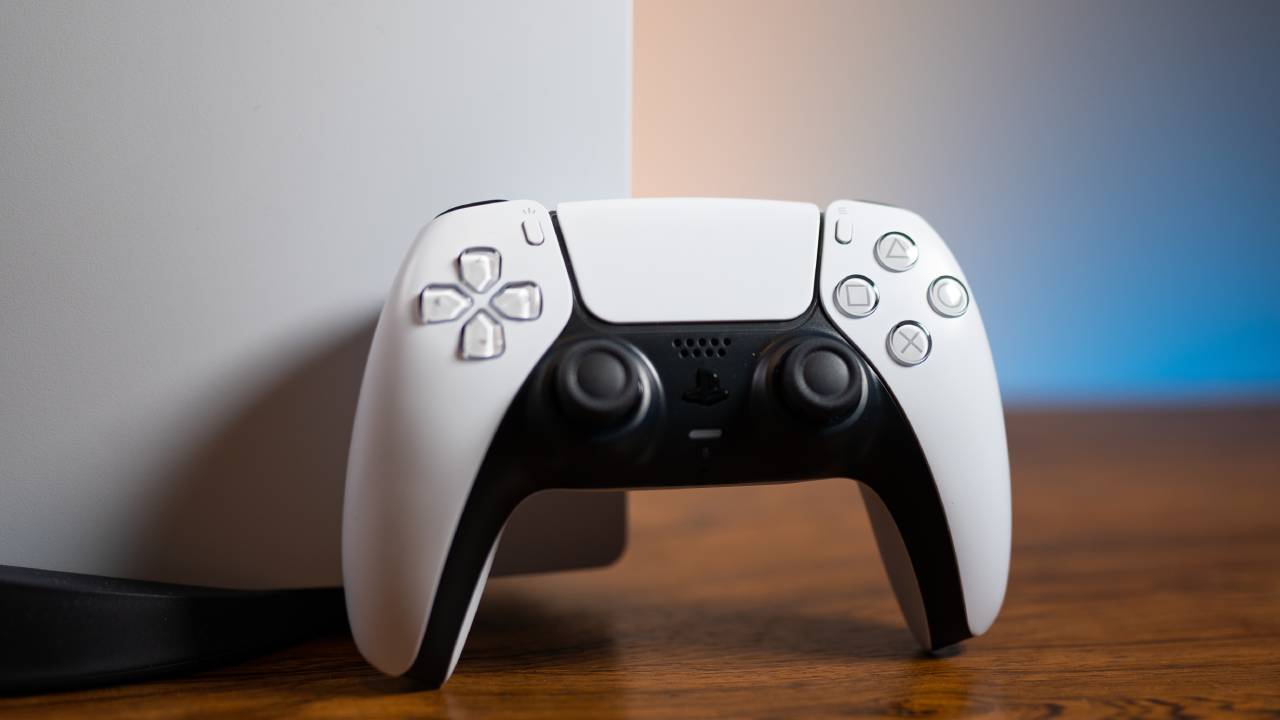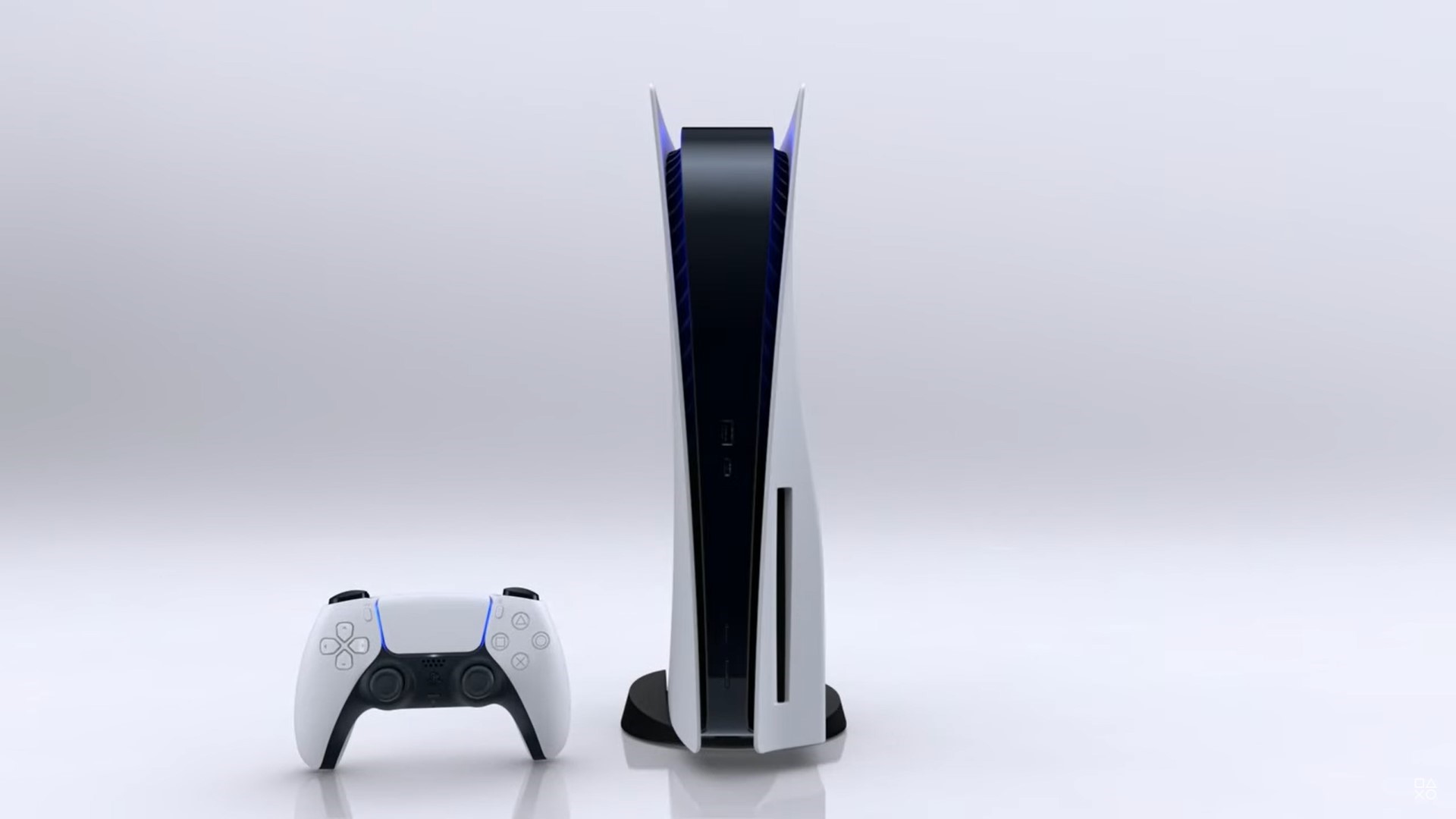PS5 VRR update could start rolling out soon, as Sony readies new TV firmware update
Could we finally get variable refresh rate support on PS5?

If you’ve been patiently waiting for PS5 VRR support, Sony may have given us a subtle hint that the highly requested feature could be on its way to PlayStation 5 users soon.
As spotted by HDTV Test, the company has begun rolling out a new firmware update in China that enables variable refresh rate (VRR) support and an automatic low latency mode (ALLM) to its 2020 Bravia X900H TVs, a PS5-ready display that already supports 4K at 120Hz.
We’ve seen Sony add over-the-air updates to older displays before, as the Bravia XH90 also saw its HDMI 2.0 ports updated to HDMI 2.1, which included both VRR and ALLM support that helps provide smoother and more responsive gameplay.
It makes sense, then, that the more Sony displays that support VRR, the more likely it is for Sony to prioritize adding the feature to PS5.
- How to enable 120Hz on PS5
- PS5 vs PS5 Digital Edition: what's the difference?
- Where to buy PS5: all the retailers checked
According to commenters, though, enabling VRR on the Bravia X900H does come with some compromises. Local dimming and xtended dynamic range are both disabled when VRR is used, which hasn’t gone down well with a number of owners.
The PS5 recently received a significant new system update that let users expand the PlayStation 5’s internal storage with one of the best SSD for PS5, and added a number of quality of life improvements in the process. Sony tends to roll out any future updates to beta users to test first, so we wouldn’t expect any sort of stealth drop if VRR support is indeed on the way.
Analysis: VRR support

VRR support is a strange omission from the PS5’s feature set, particularly as the technology has been available on Xbox consoles since April 2018. Variable refresh rate helps eliminate screen tearing and masks any minor framerate drops to provide a smoother experience when gaming.
Get daily insight, inspiration and deals in your inbox
Sign up for breaking news, reviews, opinion, top tech deals, and more.
Auto low latency mode would also be welcomed. ALLM lets a game console send a signal to a user’s display so it automatically switches to the lowest latency setting, such as ‘Game Mode’. While most gamers will be aware of the best picture mode to use, we’ve seen countless gamers pick picture modes like ‘Cinema’ or ‘Movie’ which often introduce a far higher level of input lag.
Another feature we'd like to see added to PS5 is native 1440p support. Currently, when connected to a 1440p display the PS5 can only output at 1080p. Again, this is at odds with the Xbox Series X and Xbox Series S, which both support this display resolution. With 1440p being a common resolution of choice among PC gamers, hopefully, Sony will make the most of these displays soon.
- PS5 vs Xbox Series X: what's the difference?
You might also want to check out the capabilities of HDMI on PS5.
Adam was formerly TRG's Hardware Editor. A law graduate with an exceptional track record in content creation and online engagement, Adam has penned scintillating copy for various technology sites and also established his very own award-nominated video games website. He’s previously worked at Nintendo of Europe as a Content Marketing Editor and once played Halo 5: Guardians for over 51 hours for charity. He is now an editor at The Shortcut.
